• This is my e-shrine dedicated to Helen • • Please don’t hesitate to ask questions • • My icon was commissioned from artistfuly on Instagram •
Don't wanna be here? Send us removal request.
Photo

— Hilda Doolittle, from Winter Love
7K notes
·
View notes
Photo

DU!TP: Helen of Sparta - Cassandra
I am so uncomfortably hot for this woman like holy shit.
104 notes
·
View notes
Photo









I saw them burn. I saw them burning on the pyres. That’s my fault. It is. You know it is. All those widows. I still hear them screaming. Their husbands died because I’m here. […] I can’t ask anyone to fight for me. I’m no longer queen of Sparta. You’re a princess of Troy now… and my brother needs you tonight.
170 notes
·
View notes
Text

9 notes
·
View notes
Photo
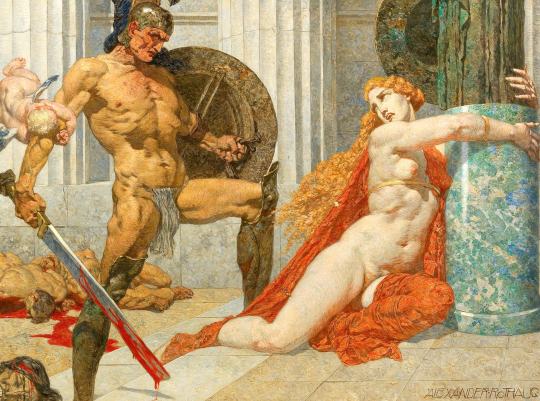
“Menelaos findet bei der Zerstörung von Troja die Helena wieder” pre 1946
Alexander Rothaug
41 notes
·
View notes
Photo
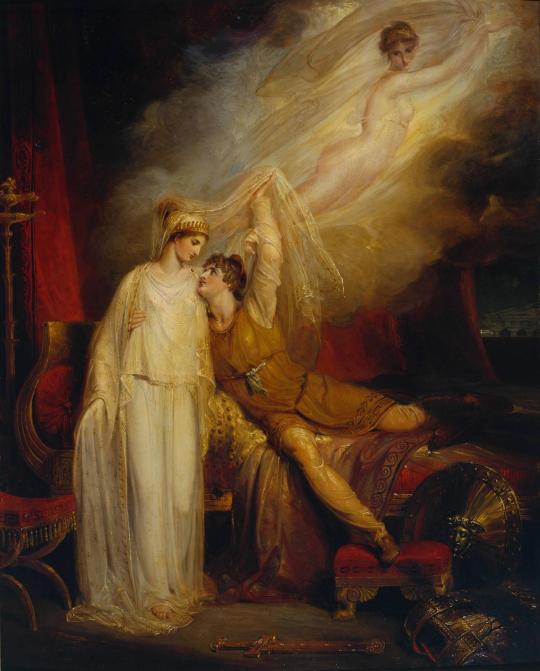
The Reconciliation of Helen and Paris After His Defeat by Menelaus by Richard Westall
English, exhibited 1805
oil on wood
Tate Britain
267 notes
·
View notes
Photo
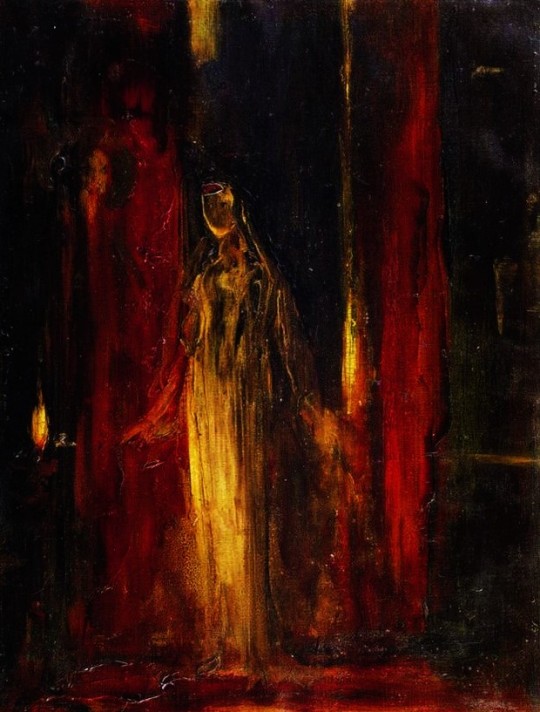

Study for Lady Macbeth & Study for Helen, by Gustave Moreau
{I really like the red-blue contrast of this pair, I’m really tempted to buy copies and frame one next to the other above my bed}
10K notes
·
View notes
Photo




3K notes
·
View notes
Text
I was thinking about this quote I found digging through my likes from Euripides’s Helen. The quote is as follows: Ἑλένη δ᾽ ἐκλήθην. ἃ δὲ πεπόνθαμεν κακὰ λέγοιμ᾽ ἄν, and in English: “I am called Helen. Let me tell you of the evils I have suffered.”
It’s interesting that she uses that passive form of the verb, ἐκλήθην, or “I am called.” She is called “Helen,” stating that “Helen” is the name others use to address her, with all its negative connotations. “I am called Helen,” or perhaps alternatively “I am called whore” or “I am called witch” or “I am called destruction of many men.” Her use of the passive voice makes me think that Helen understands what it means to be Helen and what people perceive Helen to be. Her own perception of herself doesn’t come into play here, and thus the use of the passive also makes me wonder what name Helen uses to call herself. I hope she uses other names than the κύων (dog) she uses in the Iliad.
The quote also reminded me of Seneca’s Medea, in which he has the titular character declare “Medea nunc sum,” or “Now I am become Medea,” once she has decided to carry out the revenge for which she is famous. Here again Medea understands what it means to be Medea, what people perceive Medea to be, and only at that point in the play does she truly attain the status of Medea. It’s as though Medea knew all along what she would have to do to become the Medea expected of her, and that she had to take certain steps to fill up the role.
The line has such a spookiness to it. Like the audience, the character knows the story, or at least hints of it. Indeed, as Helen tells Hektor in Book VI of Iliad: “εἵνεκ᾽ ἐμεῖο κυνὸς καὶ Ἀλεξάνδρου ἕνεκ᾽ ἄτης/οἷσιν ἐπὶ Ζεὺς θῆκε κακὸν μόρον, ὡς καὶ ὀπίσσω/ἀνθρώποισι πελώμεθ᾽ ἀοίδιμοι ἐσσομένοισι,” and in English: “Because of me being a dog and because of the infatuation of Alexandros (Paris), on us Zeus has placed the bad fate that we will be sung of by men yet to be.” Imagine hearing those words as your bard sings to you the story of Troy. Helen is not only correct, but speaking to you about you. She knows that you are listening. She knows what you expect to hear.
5K notes
·
View notes
Photo

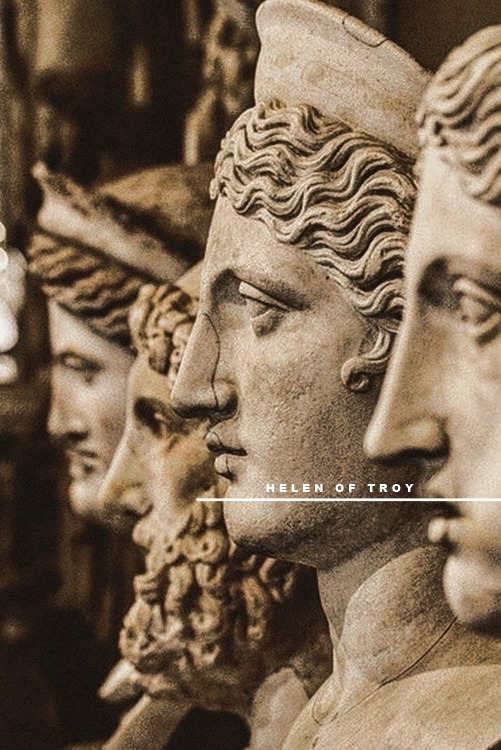
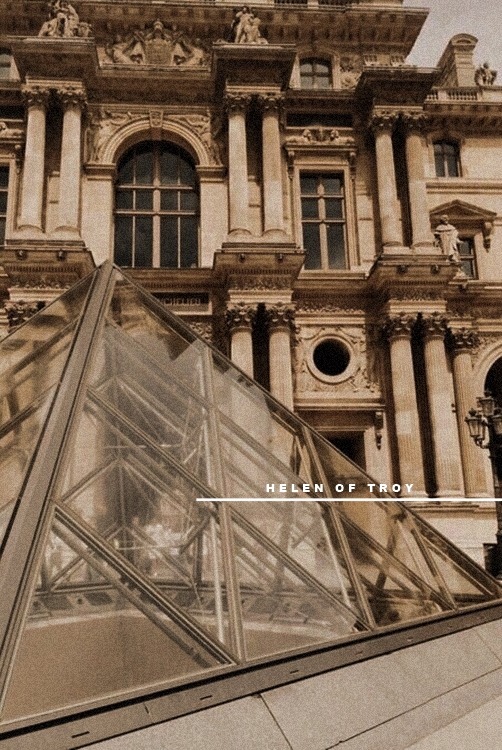

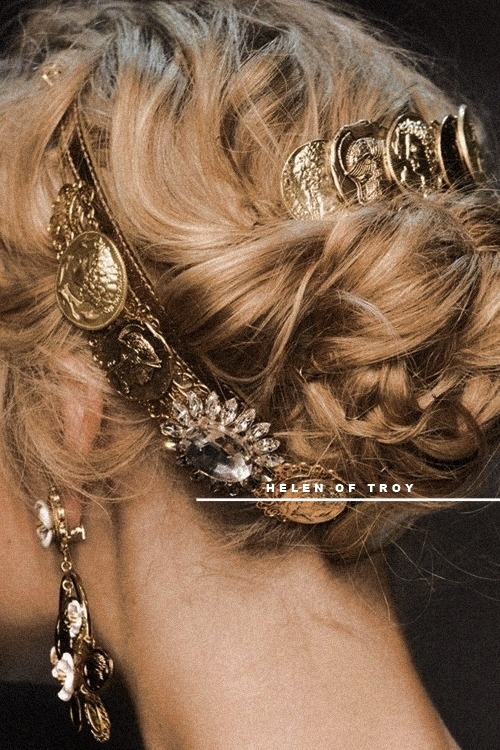
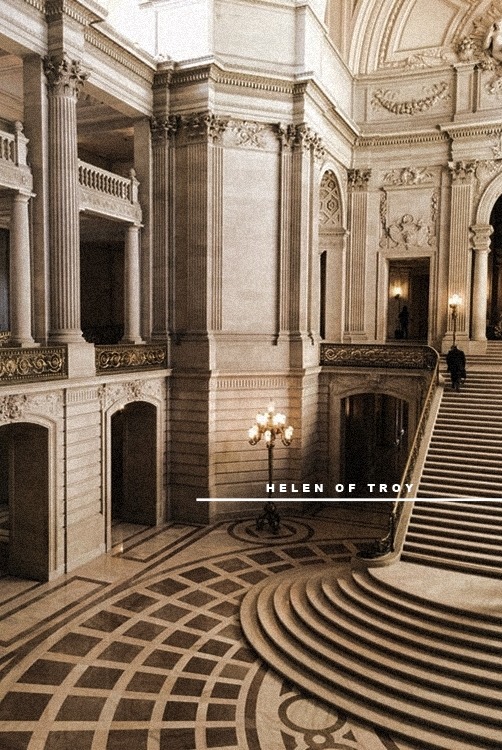
the most beautiful woman in the world
5K notes
·
View notes
Photo

The voice that launched a thousand ships. 2020 paper collage
The beauty that sparked the Trojan War, Helen of Troy (née Sparta), speaks no more than seven times in the entire course of the epic, The Iliad.
29 notes
·
View notes
Text
Y’all Helen has been nothing but amazing since I started actively worshipping Her. I feel so much happier and I always feel protected when I’m wearing Her necklace. And whenever I actually pray to Her, I feel like She listens and responses in the way She sees best fit. She has such a lovely presence and I wasn’t sure what I was getting myself into, but I don’t regret a single bit of it ❤️❤️❤️
4 notes
·
View notes
Photo

at this point it’s probably possible to determine my exact emotional state by whether or not im drawing helen of sparta again :)
1K notes
·
View notes
Text


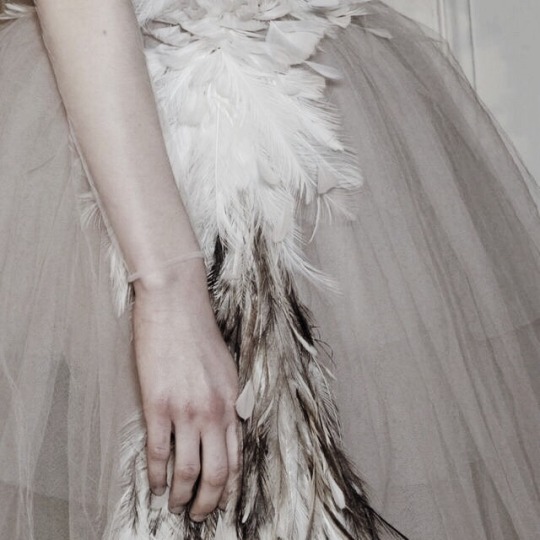

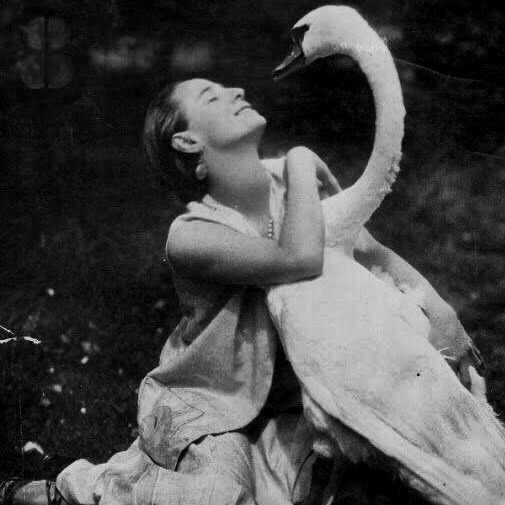

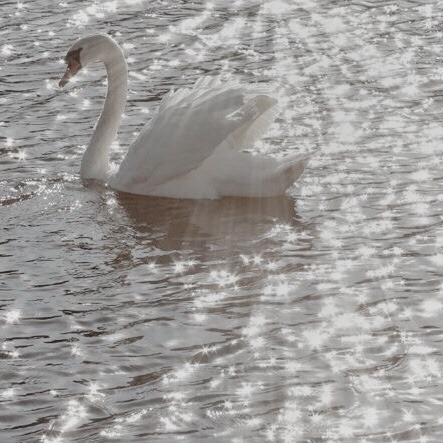

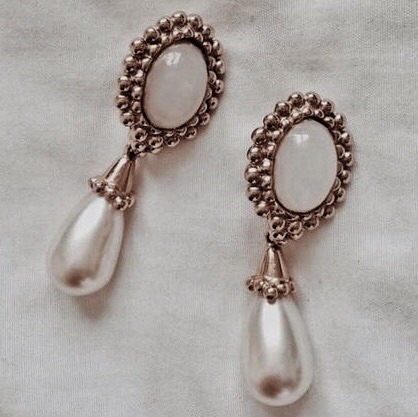
Greek mythology from A to Z:
[L] - Leda (Λήδα) was a princess, daughter of the king of Aetolia, Thestius. She was the wife of King Tyndareus of Sparta.
When Zeus saw Leda, he fell in love with her. He transformed into a swan and appeared in front of her; he seduced her and slept with her. On that night, Leda also lay with her husband. As a result, she became impregnated by both Zeus and Tyndareus. From two eggs, two sets of twins were born; the first set was Helen and Clytemnestra; and the other was Castor and Pollux.
702 notes
·
View notes
Photo
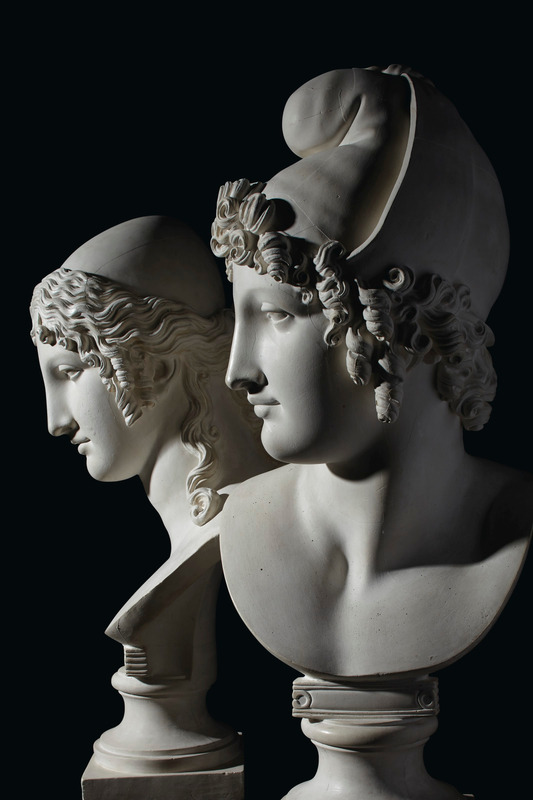
Paris and Helen in a pair of Plaster busts modelled by Antonio Canova (1757 - 1822) cast by Vincenzo Malpieri, in Paris inscribed ANT. CANOVA - F.A. 1812. The busts were probably purchased from Canova himself in 1814. Canova was searching for ideal beauty – something we see again and again in his sculpture, especially his busts – and in Paris and Helen he achieved it. Canova first made a full-length plaster of Paris, which created in 1808, was an instant success. Canova, who was then at the height of his fame, decided to do an abbreviated bust of Paris, of which there were probably five versions. The first marble was probably created in 1808 as well and appeared in the collection of the French Ambassador to Rome, Charles-Jean-Marie Alquier (1752-1826). A second, from 1809-10, was done for Quatremère de Quincy was acquire by the Art Institute of Chicago. The third was commissioned for the Crown Prince of Bavaria in 1812, now at the Neue Pinakothek. A fourth, formerly in the collection of Count Pac, is now in the Hermitage, St. Petersburg. There must have been a fifth version owned by the Marquise de Grollier, a painter living in Venice, as Canova describes it in a letter of 1816 that he was sending her a version ‘because it…craves accompanying the Paris’ (H. Honor and P. Mariuz, eds., The Letters by Antonio Canova (1816-1817), vol. 1, Rome, 2002, pp. 359-60). Canova’s Helen was even more popular as there are at least eight plaster and marble versions. The original idea to pair Paris with Helen seems confirmed by Canova’s sketch of circa 1806, preserved at Possagno (A. Mariuz and G. Pavanello, Antonio Canova: The Notebook Drawings of Possagno, Cittadella, 1999, p. 49). The earliest known marble version of Helen, dates from 1811, it was executed for Canova’s friend and patron Isabella Albrizzi (1763-1836), and is signed ANT. CANOVA F. 1811, still in the Palazzo Albrizzi, Venice. The next marble Helen was only documented in 1816-17, destined for the Marquise de Grollier, to be paired with her 1816 acquired Paris. The present casts display no pointing marks which indicate they were not used for other versions and were taken after finished marbles. The bust of Paris, as the inscription clearly states, was almost certainly cast from the 1812 marble commissioned by the Crown Prince Ludwig of Bavaria, as it bears the exact same inscription. The bust of Helen was almost certainly after the Albrizzi version given by Canova to Albrizzi in 1812. It is unlikely to have been after any other version, as the next marble version of Helen appears only in 1816-17 and close comparison of these two versions further bolsters this connection. And, lastly, both marbles were in Canova’s studio in 1812. They were most likely cast by Vincenzo Malpieri, Canova’s trusted assistant, as studio records link him to plaster casting. In 1813, Malpieri was paid for a series of plasters, including a Paris and Helen, which were acquired by Francesco Barisan. of Castelfranco Veneto. By the end of the 19th century Barisan’s collection was recorded in Venice, but by then it no longer included Paris and Helen. While the provenance of the present Paris and Helen is not documented, it has been suggested that, because of the present lot’s Veneto provenance, they might be the missing pair from Barisan’s collection. Courtesy Christie’s Images Ltd.
157 notes
·
View notes
